2024 Norfolk Visitors Guide
Home to the world’s largest naval installation, Norfolk’s history is intimately tied to the sea. The renovated downtown harbor, especially Waterside Festival Marketplace with its many shops and eateries, has a family-friendly feel. In fact, more than two dozen mermaid sculptures decorated by artists dot the downtown, a fun way for kids to map the town. Norfolk, a mere 20 minutes from Virginia Beach, also makes a good break for beach-bound families as well as for those embarking on cruises. Because more and more ships are sailing from Norfolk, a new cruise terminal is slated to open in 2006.
Norfolk Vacation Guide
Bellied up to the port, aircraft carriers look really big. You will often see some of these behemoths of the oceans on the 45-minute bus tour of the Norfolk Naval Base, homeport to more than 100 ships of the Atlantic fleet. Tours depart from the Naval Base year-round, and from Waterside Festival Marketplace from March to December. Always check ahead to confirm tours haven’t been canceled for security issues.
NAUTICUS
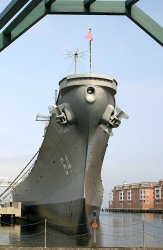
At NAUTICUS, The National Maritime Center, more than 150 hands-on exhibits provide oceans of educational fun. Kids can land a warplane on an aircraft carrier, design a seaworthy ship, watch a hurricane form, and pet a real shark. At the Aegis Theater, live actors and video involve the audience in a high-tech naval battle. Moored alongside the center, the battleship USS Wisconsin can be toured for free.
Fort Norfolk
Fort Norfolk, on the banks of the Elizabeth River near Ghent, is the oldest fort on the Virginia waterfront and one of the best-preserved War of 1812 sites in America. You can tour the dungeon, the officers’ quarters, and the ramparts. At select times throughout the year, there are also military re-enactments.
Spirit of Norfolk
Another way to enjoy Norfolk is to get out on the water for a few hours. In season, the Spirit of Norfolk offers a Kids Discovery Cruise complete with historical tidbits served up between the buffet and the DJ. The American Rover takes you for a two- to three-hour cruise aboard a three-masted topsail schooner.
Norfolk Botanical Garden
Don’t miss the Norfolk Botanical Garden, especially when the roses, camellias, and many other of the more than 20 themed areas are in full bloom. Stroll the 12 miles of pathways, or take a canal boat or tram tour to ease weary legs. On Bike Nights, bring your own cycle and pedal through the petals for another fun way to explore. “World of Wonders: A Children’s Adventure Garden,” scheduled to open in 2006, will have a walk-through world map and a theater for child-oriented shows.
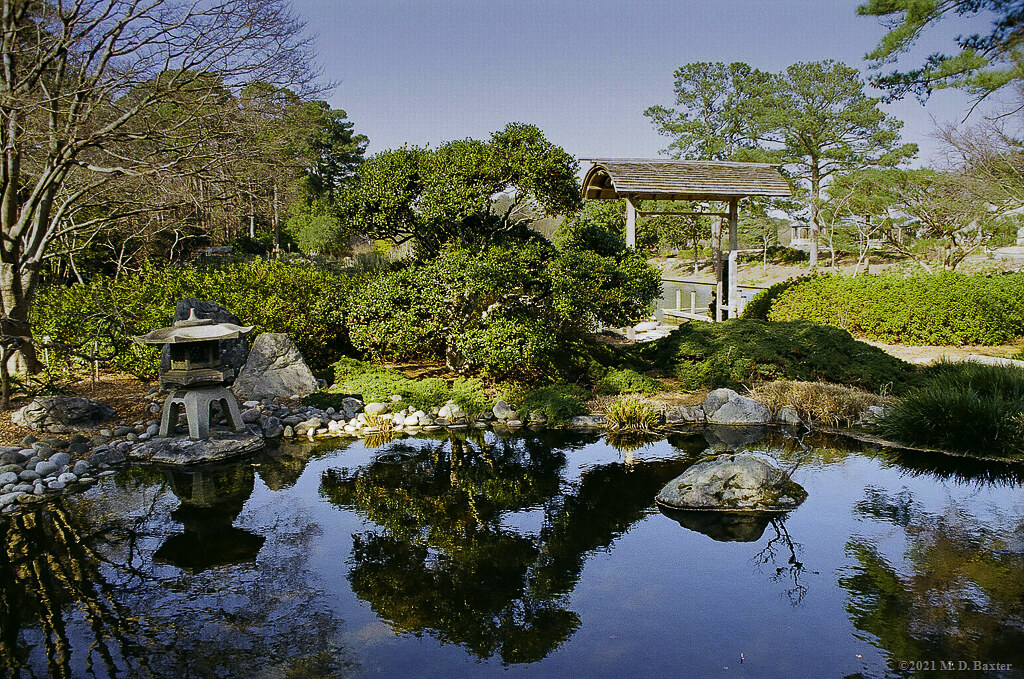
Virginia Zoo
Although not large compared with some other city zoos, the Virginia Zoo will appeal to families with young kids. Travel Tips among the nearly 400 animals are the Siberian tigers, a clouded leopard, a giraffe, and a white rhinoceros. Norfolk’s Chrysler Museum of Art has a vast collection of ceramics, paintings, bronzes, and other fine objects from Africa, Asia, Europe, and America. Kids especially like the colorful Tiffany lamps and glass items, as well as the prints of Norfolk by Ansel Adams, Alfred Steiglitz, and other famous photographers.
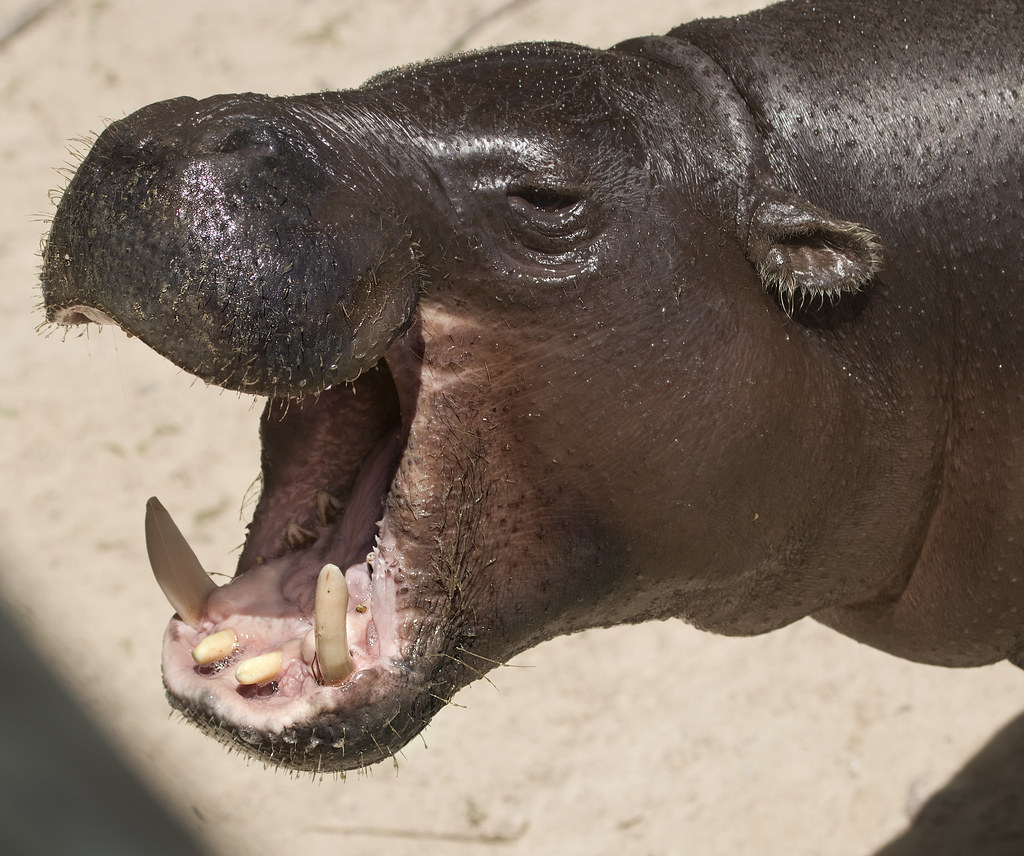
Tip: Passport to Fun offers a 25 percent discount to participating attractions, including Nauticus, the Norfolk Botanical Garden, and the Virginia Zoological Park, plus 10 to 20 percent off at selected restaurants.
Fast Facts
- Population: 42,514 people
- Median income for a household in the city: $40,846
- Median income for a family: $54,136
- Average temperatures: January 44F/32F; July 76F/46F
- Average precipitation: between 1.78 and 7.54 inches
Norfolk Attractions
There are many attractions in Norfolk, Virginia, for both the residents and visitors to enjoy. For instance, the AFR AM Festival is one of the most popular ethnic cultural festivals on the East Coast and is sponsored by the Southeastern Virginia Arts Association. Residents can also spend an enjoyable day cruising the Elizabeth River and the Hampton Roads region of the city on the biggest schooner in the country, the American Rover. It leaves the downtown area for seasonal two and three-hour cruises. Another popular tourist destination is the Armed Forces Memorial, which overlooks the Elizabeth River. The Memorial centers around 20 letters, written by troops, who lost their lives in war.
Festival Marketplace
The Festival Marketplace, a concept engineered by developer James W. Rouse, is located in downtown Norfolk. Touted as being a redevelopment success story, the festival marketplace helped to turn the seedy harbourside neighborhood into a vibrant and lively shopping and tourist destination. Visitors can enjoy casual dining, exquisite shopping, and boat cruises around the harbor. The Waterside, as it is also known, is served by public transportation, so it is easy and convenient to get to.

by BAXINTHE757
National Maritime Museum
One of the city’s most popular attractions is Nauticus, the National Maritime Museum, which heralds the region’s naval heritage. Its mission is to educate the public about the economic and military potential of the sea. Visitors can explore hands-on exhibits, aquaria, and enjoy multi-media presentations. The complex is also the permanent home of the USS Wisconsin, the largest- and last- naval battleship commissioned by the U.S. Navy.
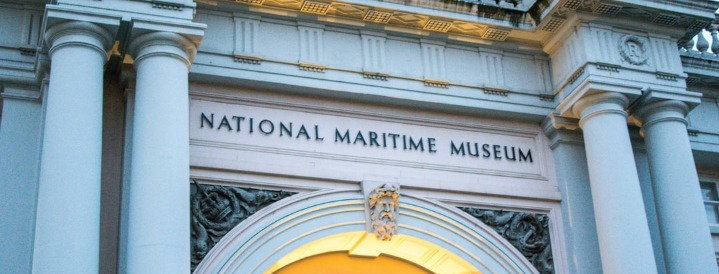
Dining
Norfolk has a lively dining and club scene, which is sure to please all tastes and budgets. There are many great ethnic restaurants in the city; whether you are looking for Mexican, Italian, Indian, or simply want to enjoy a pint at a traditional Irish pub, Norfolk will have what you’re looking for.
Areas of Norfolk
Downtown Norfolk
Downtown Norfolk is a vibrant, urban harbor region, popular with artists and the bohemian set. Because of Norfolk’s geographic region, the city is graced with many waterfront communities.
Willowby Spit
For example, Willowby Spit is bordered by water on three sides and has beautiful beaches for residents to enjoy. Another great, artistic community is the Ghent region of the city and many other sections of the city are currently undergoing redevelopment, like Ocean View and East Beach, both of which overlook the Chesapeake Bay.
Hampton Roads
One of the most popular communities in the Norfolk region is Hampton Roads, which is considered one of the trendiest neighborhoods. It is known for its lively nightlife, especially for its club and bar scene. It is also the site of the Well’s Theater, the Generic Theater, and the Little Beach Theater, all of which offer a bit of Broadway in Virginia.
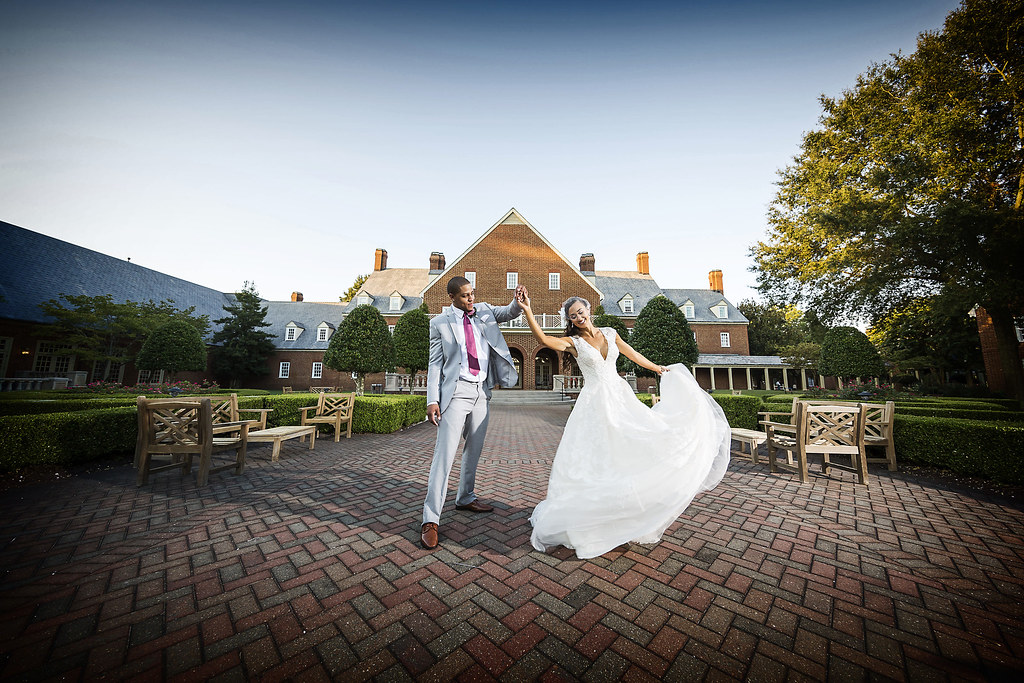
Norfolk Theater & Arts Guide
Norfolk is the arts capital of Virginia and is the home to the Virginia Symphony, the Virginia Ballet Company, and the Commonwealth Theatre Company. The city hosts the annual Asian Pacific American Heritage Festival, which highlights the cultural achievement of the Asian-Pacific community. The downtown area is also the site of the Attucks Theater, the oldest theater to be owned and operated by African Americans.
Virginia Opera Company
The Virginia Opera Company also performs in the region regularly, and residents can enjoy an evening of world-class entertainment. If ballet is your passion, then you’re in for a treat.
Virginia Ballet Theatre
The Virginia Ballet Theatre is Hampton Road’s only professional ballet company and is one of only two companies in the state and offers a full-performance schedule.
Virginia Symphony Orchestra
Hampton Roads is also home to the Virginia Symphony Orchestra. It has promoted classical music as an art for over eighty years and has won awards for excellence in the arts. The Orchestra recently debuted at Carnegie Hall, in Manhattan, to critical acclaim, and each year performs over one hundred and forty classical, pops, education and outreach concerts. Dedicated to promoting classical music, the Orchestra has also supported the efforts of various arts festivals, including the Virginia Arts Festival and the Virginia Opera.
History of Norfolk VA
The site of what is now Norfolk was initially known as the Chesipean Indian town of Skicoak, which would sadly be later obliterated by Powhatan. The first Europeans arrived in the region in 1585 and settled on Roanoke Island, which is now located in North Carolina. The colony of Roanoke was founded by Sir Walter Raleigh, who would serve as the first governor of the region. Unfortunately for the settlers, the Outer Banks, where the colony was located, was on the brink of drought and the fate of the colonists is unknown and remains one of the most intriguing mysteries in American history. The city of Norfolk was incorporated in 1845 and became independent from Norfolk County in 1971.
In spite of its prosperous beginnings, Norfolk’s future was jeopardized on New Year’s Day, 1776, when the British governor of Virginia, Lord Dunmore, shelled the city of Norfolk. The governor’s forces had endured a staggering defeat of the Battle of the Great Bridge, and Dunmore was desperately trying to control the colonists’ rebellion. In the process, he destroyed almost three-quarters of the city, razing over 800 buildings; colonists, eager to defend themselves, finished the destruction themselves, razing over 400 buildings. The city’s bad luck would continue: In 1855, the city endured a yellow fever epidemic, which, sadly, killed 1 of every 3 people living there.
 The city of Norfolk showed its resilience when, in 1858, the Norfolk and Petersburg Railroad was completed. Developed and built by William Mahone, it connected to Petersburg, where it offered services to points, north, and west. The famous Battle of Hampton Roads was fought off of the city, in which the ironclads Merrimac and Monitor, fought each other. During the Civil War, Mahone helped to defend the city during Confederate occupation, which ended by the end of May 1862.
The city of Norfolk showed its resilience when, in 1858, the Norfolk and Petersburg Railroad was completed. Developed and built by William Mahone, it connected to Petersburg, where it offered services to points, north, and west. The famous Battle of Hampton Roads was fought off of the city, in which the ironclads Merrimac and Monitor, fought each other. During the Civil War, Mahone helped to defend the city during Confederate occupation, which ended by the end of May 1862.
The city of Norfolk was finally established as a major port, in the late 19th century, when another railway, the Norfolk and Western Railway, built a facility there. The Virginian Railway was completed in 1907, the same year as the Jamestown Exposition. The Exposition was so successful that the Norfolk Navy Base was built and completed by 1917.
The city is now a major Navy center. The region is home to the 5th Naval District, the Atlantic Fleet, the 2nd Fleet and the Supreme Allied Command, which are all located at Sewell’s Point, a peninsula of land that is independent of the city. When combined with Portsmouth, which is opposite Norfolk, on the Elizabeth River, it is considered one of the country’s largest naval complexes. In honor of the city’s role in the nation’s defense, several naval vessels have been named after the area. Another historical point worth noting is that General Douglas MacArthur is buried in the city and there is a museum dedicated to his memory, which commemorates his life and career.
There has been a large amount of urban renewal in Norfolk. By the end of the 1970s, developer, James W. Rouse, re-developed Waterside in the downtown section of the city. The project rejuvenated the area from a gritty harbor town to a trendy, lively place to live. The project also served as a springboard for other redevelopment projects, like the Festival Marketplace. The downtown section of Norfolk is now a fun, exciting place to live and has become very popular with the artists and upwardly mobile residents, who are now moving in.
Norfolk Quick Travel Tips
- See aircraft carriers on a tour of the Norfolk Naval Base.
- Participate in a sea battle and design your own ship at Nauticus.
- Feel the wind in your hair on a harbor cruise.
- Smell the roses, camellias, and thousands of other flowers at the Norfolk Botanical Gardens.
- Admire the colorful Tiffany lamps and glasswork at the Chrysler Museum of Art.
- Enlist for a 45-minute tour of Naval Station Norfolk, the world’s largest naval base, where you’ll pass aircraft carriers, subs, destroyers, an active airfield, and historic homes.
- Wander in Historic Ghent, one of Norfolk’s more vibrant residential, retail, and dining districts just minutes from downtown.
- Stop at St. Paul’s Episcopal Church, the only remaining pre-Revolutionary War structure in downtown Norfolk. Some churchyard graves date back to the 1600s.
- Shop at downtown’s one-million-square-foot MacArthur Center, which houses Nordstrom, Dillard’s, 140 other stores, and an 18-screen cinema.
- Take a day trip to Colonial Williamsburg, a living museum offering a glimpse of early American life. Other historic spots include Jamestown, site of the
Recommended Side Trips: Virginia Beach, Williamsburg, Petersburg, Richmond, Chincoteague
